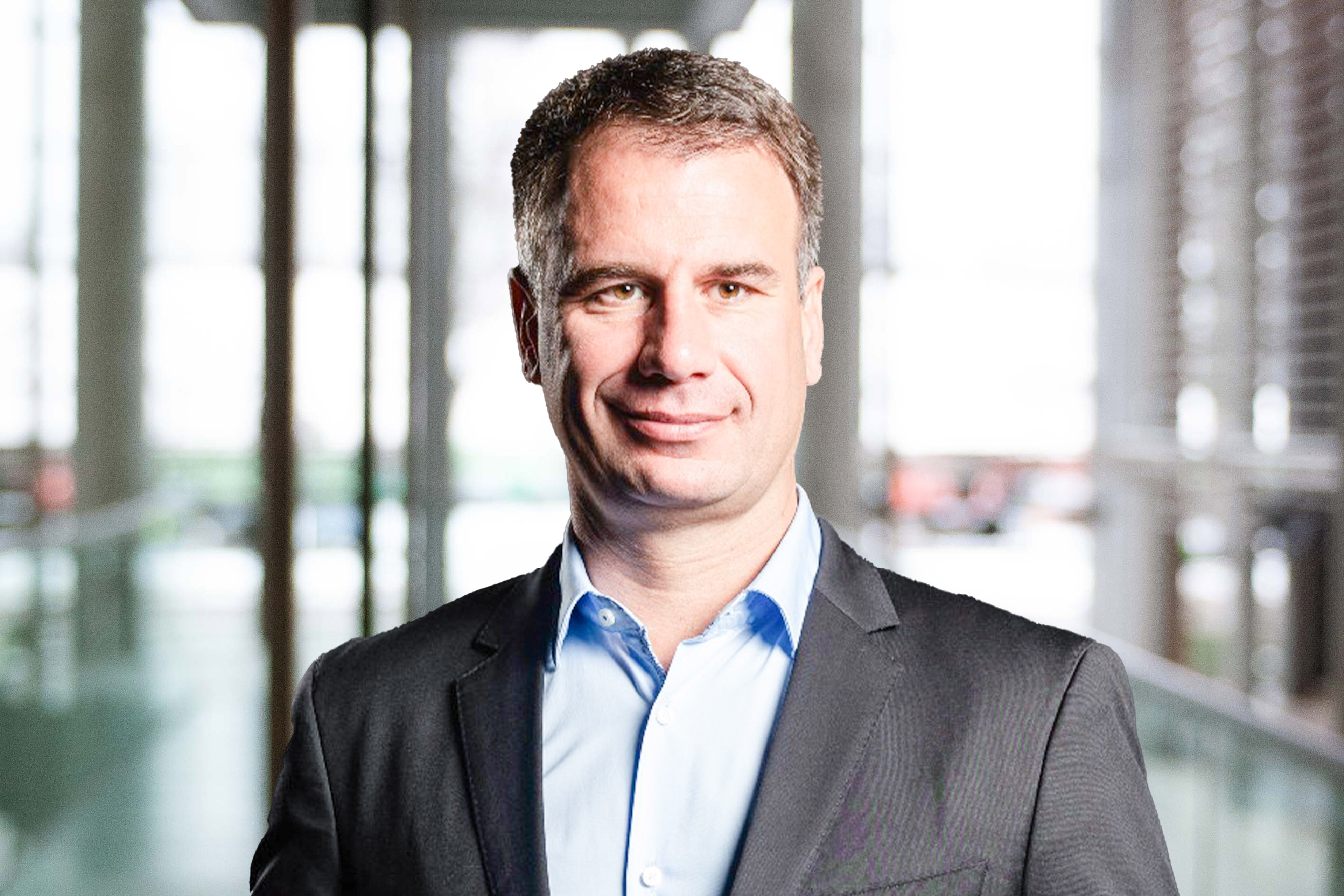EY refers to the global organization, and may refer to one or more, of the member firms of Ernst & Young Limited, each of which is a separate legal entity. Ernst & Young Limited is a Swiss company with registered seats in Switzerland providing services to clients in Switzerland.
Request for proposal (RFP) - exclusively for Switzerland
How can we support you?
Services
EY helps clients create long-term value for all stakeholders. Enabled by data and technology, our services and solutions provide trust through assurance and help clients transform, grow and operate.
Industries
Discover how EY insights and services are helping to reframe the future of your industry.
See more
Trending
See more
Spotlight
About us
At EY, our purpose is building a better working world. The insights and services we provide help to create long-term value for clients, people and society, and to build trust in the capital markets.
Recent Searches
Trending
-

How to best prepare for the recently adopted EU Directive on Pay Transparency?
The recent adoption of the Pay Transparency Directive by the European Parliament represents an important step towards reducing the gender pay gap through increased transparency in pay. This development also reflects the broader global conversation on transparency, extending beyond the boundaries of the EU. In response, companies will need to adapt and prepare to embrace this transformative change.
26 May 2023 Workforce -

Banking Barometer 2025 - Balance
EY Banking 2025 report indicates Swiss banks may see lower profits ahead but remain confident in their long-term business model.
09 Jan 2025 Banking and capital markets -

The EU AI Act: What it means for your business
The EU regulation for artificial intelligence is coming. What does it mean for you and your business in Switzerland?
15 Mar 2024 Forensic & Integrity Services
Select your location

Procurement 2023: What choices when the path isn’t clear?

Partner, Business Consulting | EY Switzerland
As procurement is challenged by disruptive times and increasing responsibilities, let us explore Chief Procurement Officer (CPO) priorities for the year 2023.
In brief
Priorities procurement leaders should have in 2023:
- Redesign category strategies and nurture the right talent to build greater resilience
- Develop an actionable plan geared toward a more sustainable supply chain
- Embrace data and digital transformation to secure a competitive advantage
The year 2022 was a year marked by many challenges for procurement organizations. A disruptive geopolitical environment, increasing inflation, an unreliable supply situation, labor shortages and shrinking consumer demand all tested procurement’s ability to adapt and deliver value to the organization.
Amidst a challenging environment, procurement organizations are still expected to ensure reliable supply volumes, deliver cost reductions and act as a wholehearted strategic partner to the business.
Businesses are now also facing growing pressure to reduce their environmental impact, and procurement assumes a critical role in corporate sustainability performance.
So what should be the priorities of procurement leaders in 2023 to ensure that the procurement function meets these expectations?
-
Category strategies need to be adapted, talent needs to be developed and business partnering needs to drive more efficiency, flexibility and mitigation of ever-growing risks.
Short-term objectives (0 to 3 months):
Shifting from a reactive to a proactive answer to disruption is critical. Procurement leaders need to redesign category strategies focusing on resiliency planning and ensure that sufficient preparation and flexibility enables organizations to withstand disruption.
Partner with business stakeholders and suppliers to drive efficiencies and mitigate risks based on product innovation and reformulation, material substitution, the securing of alternate sources of supplies and the evaluation of opportunities to establish a localized supplier network.
Closely monitor inventory levels and implement product portfolio rationalization in adherence to the corporate strategy. This means building up inventories of the most highly utilized commodities in order to offset price increases and focus on high‑demand, cost-efficient products to ensure shelf availability at sustainable prices.
Mid-term to long-term objectives (3 to 18 months):
As the procurement function evolves, so should its workforce. Focus on developing talent with data analytics skills, stakeholder management skills, core procurement capabilities and a sound supply market understanding.
Drive greater resilience through investments in procurement technology in response to the major disruptions faced by procurement organizations, e.g., creation of UX for existing automation, deployment of RPA, etc.
-
2023 places CPOs at the center of the organization’s sustainability agenda. Customers, investors, regulators and employees are exerting pressure on procurement to demonstrate specific actions and shift toward sustainable supply chains.
Short term objectives (0 to 3 months):
Perform an assessment of your procurement ESG priorities and objectives in line with the company vision and identify potential discrepancies. Key priorities might include carbon emissions transparency, supplier diversity, social auditing, etc.
Create an action plan and roadmap to reach your objectives. Identify the stakeholders who will be part of this journey, develop the business case for change and an adaptable roadmap that reflects market realities.
Build or join partnerships with organizations that will help you deliver your objectives. This includes suppliers (beyond Tier 1), consultancy providers that will bring benchmark capabilities with leading practice, as well as technology enablers that will be key for managing data, processes and ESG performance.
Mid-term to long-term objectives (3 to 18 months):
Secure and develop the required talent via dual procurement and ESG know-how. This means procurement professionals who understand ESG dynamics and are ready to work with suppliers and partners on innovative solutions.
Deepen the cooperation with your value chain partners and leverage e-platforms to improve supply chain traceability, e.g., enable the collection of necessary data for Scope 3 emissions analytics.
-
The priorities for resilience and sustainability have only reinforced the value of data, as organizations are tasked with gaining more visibility on their operations. Procurement leaders need to accelerate their digital transformation journey to equip themselves with the proper tools.
Short-term objectives (0 to 3 months):
Perform an assessment of initial digitization improvements that can be made with available and well-functioning solutions to maximize benefits.
Get the essentials right and prepare your procurement function for digital transformation. Fundamentals include a clear operating model and procurement transparency enabled by strong master data and digitally enabled P2P.
Raise awareness about the latest procurement technologies to help you meet your digital procurement objectives. Key enablers might include RPA and ML to automate manual tasks, cloud and mobile apps to bring collaboration and visibility to your processes, etc.
Mid-term to long-term objectives (3 to 18 months):
Scale your digital opportunities under a multi-year digital procurement transformation roadmap. Define your key success factors to drive a competitive advantage, from solution effectiveness to user experience, productivity and data transparency improvements.
Upgrade from digitization to full-scale digital transformation. This implies streamlining procurement’s core operations and value proposition leveraging emerging technologies like AI, SC control towers, third-party data integration, blockchains and innovation ecosystems.
Summary
By redesigning procurement strategies to ensure greater resilience and leading the way to supply chain sustainability and leveraging the power of data and digital to secure a competitive advantage, CPOs are once again afforded an opportunity to deliver value to the organization and its stakeholders.
Acknowledgements
We would like to thank Édouard Leroy and Julia Vranken for their valuable contributions to this article.
About this article
